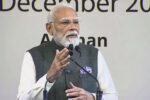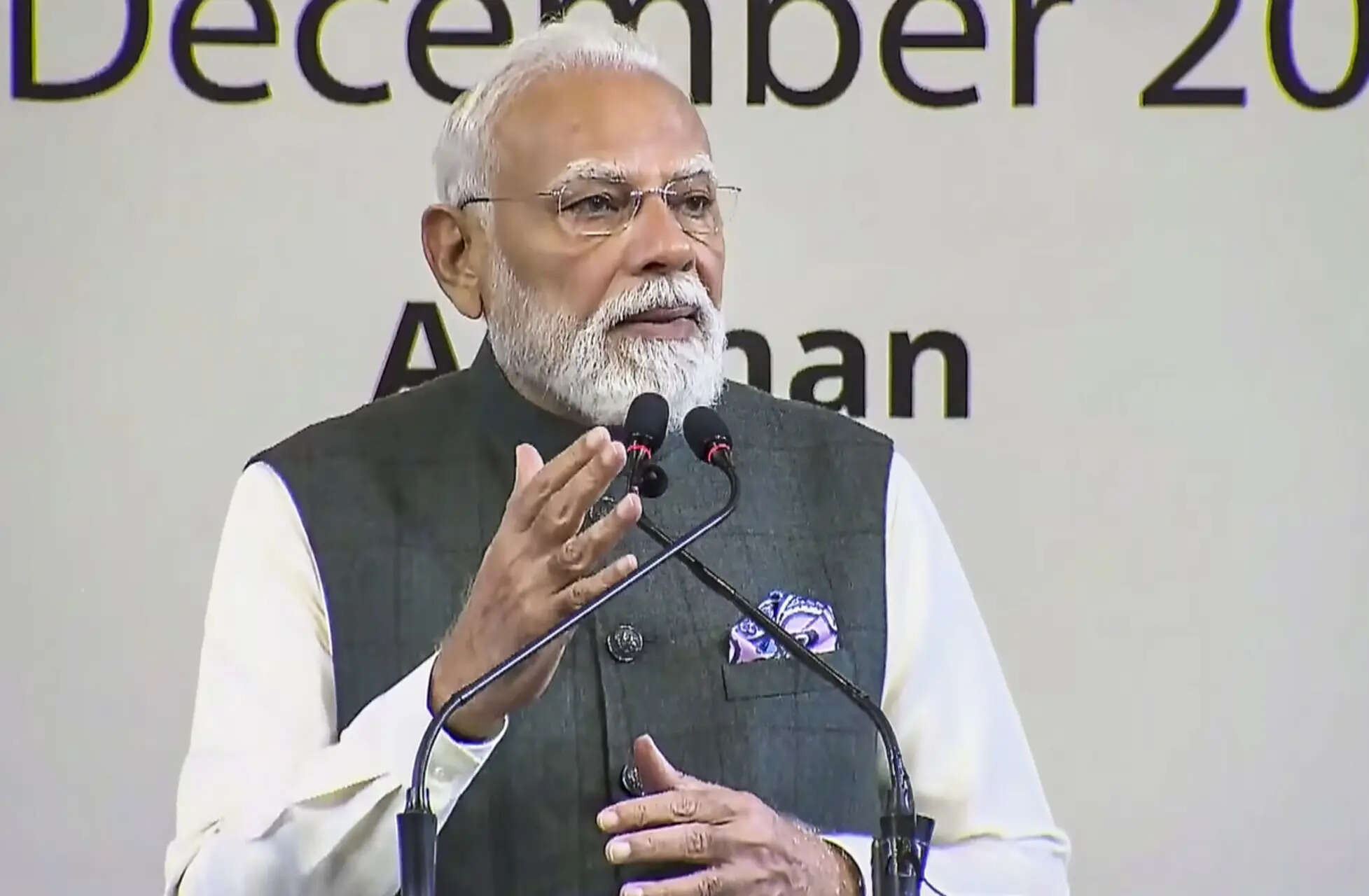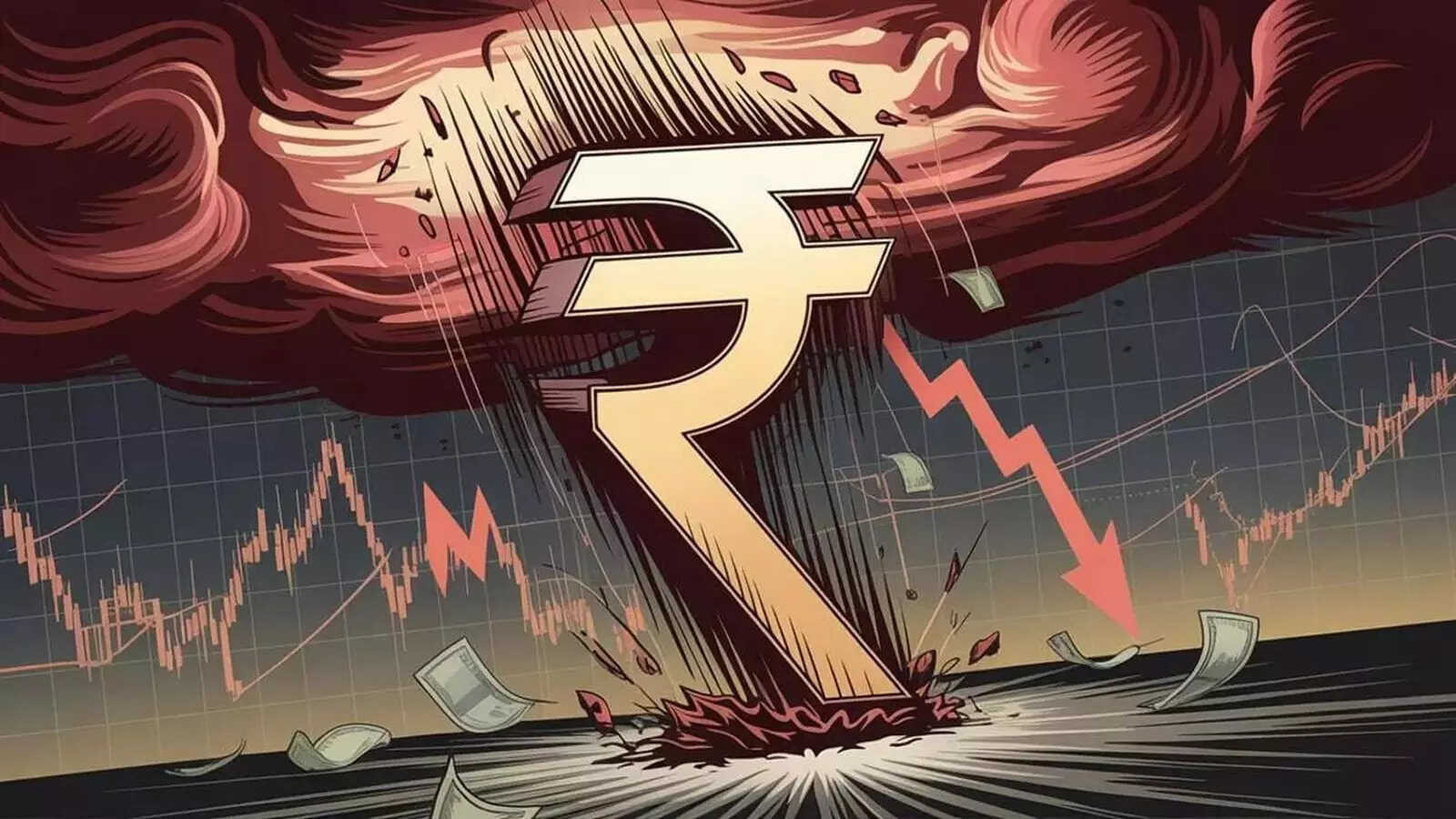Procter & Gamble, Emami, and Hindustan Unilever Limited are reducing prices on various products. This decision follows the Goods and Services Tax rate cuts. Consumers can expect lower prices on soaps, shampoos, toothpaste, coffee, and diapers. The new prices will be effective from September 22.
Good News for Your Wallet: FMCG Giants Cut Prices!
Ever felt that familiar pinch at the grocery store checkout? Well, there’s a collective sigh of relief in the air as some of the biggest names in Fast-Moving Consumer Goods (FMCG) are rolling out price cuts. We’re talking about companies like P&G, Emami, and HUL (Hindustan Unilever), and the potential savings for consumers could be substantial. It’s a welcome shift after months of grappling with inflation impacting everything from daily essentials to indulgence buys.
But what exactly is getting cheaper, and why now? Let’s dive in.
What’s on Sale? Expect Lower Prices on Essential Products
The price reductions aren’t across the board, but they target commonly purchased household items. Think soaps, detergents, and even some personal care products. This means your monthly grocery bill might actually see a noticeable decrease. Specifically, P&G is reportedly reducing prices on brands like Ariel and Tide, while Emami is focusing on hair oils and skincare. HUL, a giant in the Indian market, is implementing similar reductions across select product categories. These everyday necessities will offer a little bit of breathing room in household budgets.

Why the Sudden Shift in FMCG Pricing?
Several factors seem to be contributing to this welcome change. One major driver is the easing of raw material costs. For a while, FMCG companies were battling soaring prices for ingredients and packaging materials, forcing them to pass those costs onto consumers. Now, those costs are stabilizing, or even declining in some cases. This gives these companies the leeway to adjust their pricing strategies.
Another element at play is the competitive landscape. The FMCG sector in India is fiercely competitive, with numerous players vying for market share. When one major company starts cutting prices, others often follow suit to remain competitive and retain their customer base. This ripple effect can ultimately benefit consumers across the board.
Furthermore, a recent surge in rural demand has provided a good launching point for these pricing strategies. Rural markets have shown signs of revival, providing the perfect opportunity to maximize profit margins and continue to offer valuable products for the Indian consumer.
What Does This Mean For Your Shopping Cart?
In practical terms, this means you could see lower price tags on some of your favorite household brands in the coming weeks and months. It’s definitely worth paying attention to price comparisons when you’re doing your grocery shopping. Keep an eye out for deals and promotions, as retailers may also offer additional discounts to further entice consumers. This price correction might be just the break needed for struggling families dealing with rising inflation. For more on dealing with inflation, check out our article on smart budgeting tips.
Is This a Long-Term Trend? Understanding Future FMCG Prices
While this price correction is encouraging, predicting the future is never an exact science. The long-term sustainability of these price cuts depends on various factors, including the continued stability of raw material costs, currency fluctuations, and overall economic conditions.
It’s also important to remember that these are strategic price adjustments, not necessarily a complete return to pre-inflation levels. Companies will likely continue to monitor market conditions and adjust their pricing strategies accordingly. However, the current trend suggests that consumers can expect some degree of relief in the near future, especially on essential FMCG products. This is potentially great news for your wallet.
The ongoing price adjustments in the FMCG sector show a dynamic market responding to evolving economic conditions. While uncertainties remain, the immediate impact is undeniably positive for consumers. By staying informed and making smart shopping choices, families can maximize the benefits of these price reductions and ease some of the financial pressures of everyday life.







